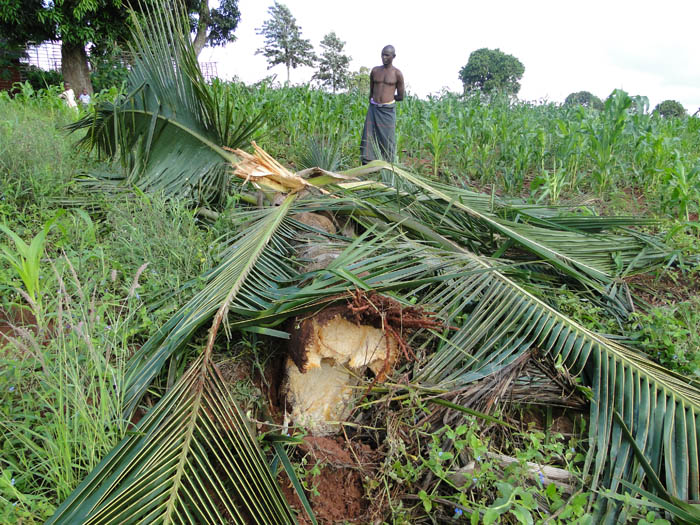HUMAN-ELEPHANT CONFLICT
 The Mwaluganje Forest Reserve has traditionally been home to more than 200 elephants, mainly bulls, although the local people believe that many elephants relocated to the area in the late 1970s from Tsavo National Park at the height of elephant poaching. Whatever the origins of the elephants, serious conflicts between the farmers and the elephants started to emerge as farming activities intensified.
The Mwaluganje Forest Reserve has traditionally been home to more than 200 elephants, mainly bulls, although the local people believe that many elephants relocated to the area in the late 1970s from Tsavo National Park at the height of elephant poaching. Whatever the origins of the elephants, serious conflicts between the farmers and the elephants started to emerge as farming activities intensified.
As the farmers grew their crops, the elephants destroyed them. So as a protective measure, the farmers invented mechanisms to keep the elephants out of their farms. Methods included setting uncultivated areas on fire, beating tins to create loud noise to scare the elephants and a variety of projects including bees (elephants hate bees!) and the use of chilli as a repellent.

These techniques were all designed to push the elephants back into the Mwaluganje Forest Reserve, but with such a close space with both elephants and humans vying for their livelihood, a crisis was inevitable.
Elephants started attacking people and the people retaliated, attacking the elephants with bows and arrows. This resulted in injuries and loss of life for humans and elephants, and efforts by the Kenya Wildlife Service to resolve the conflict were not successful.







